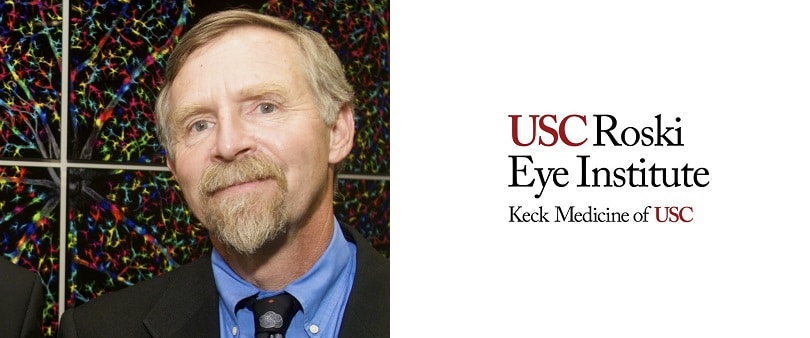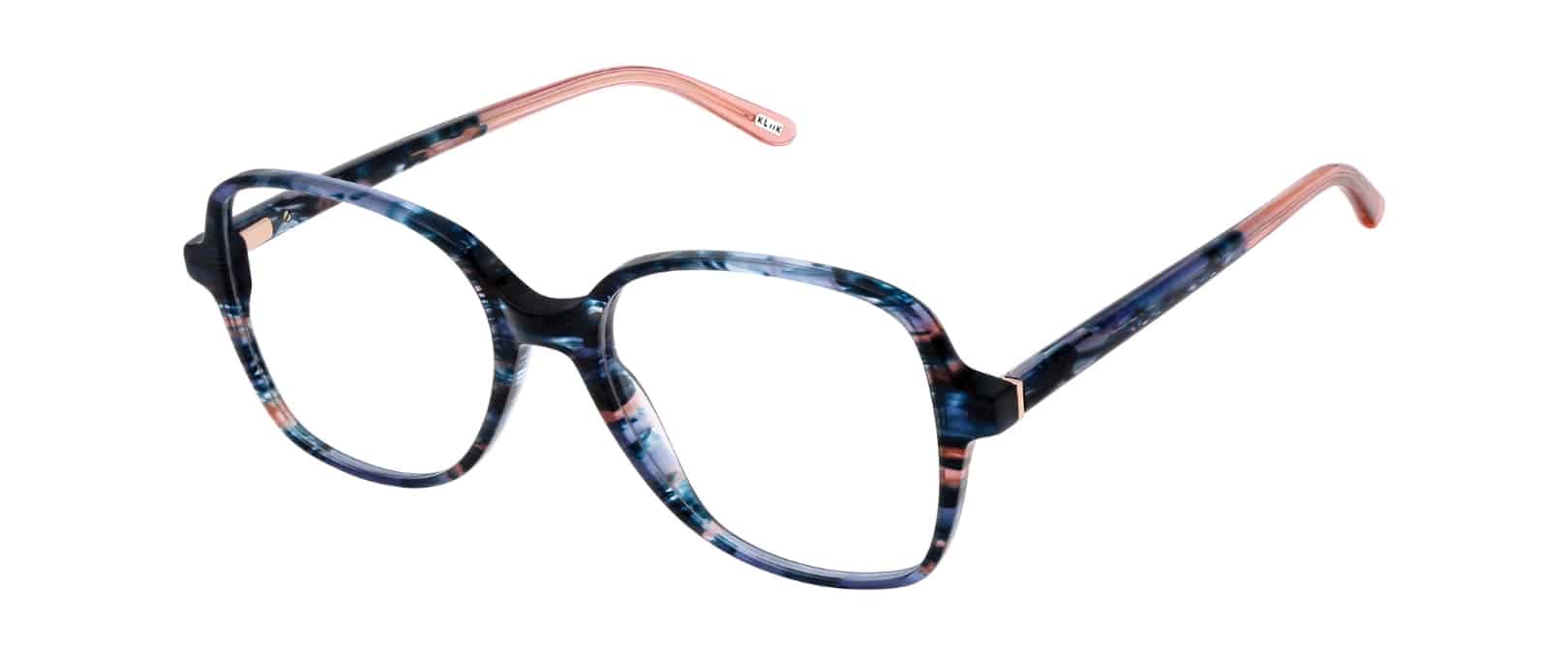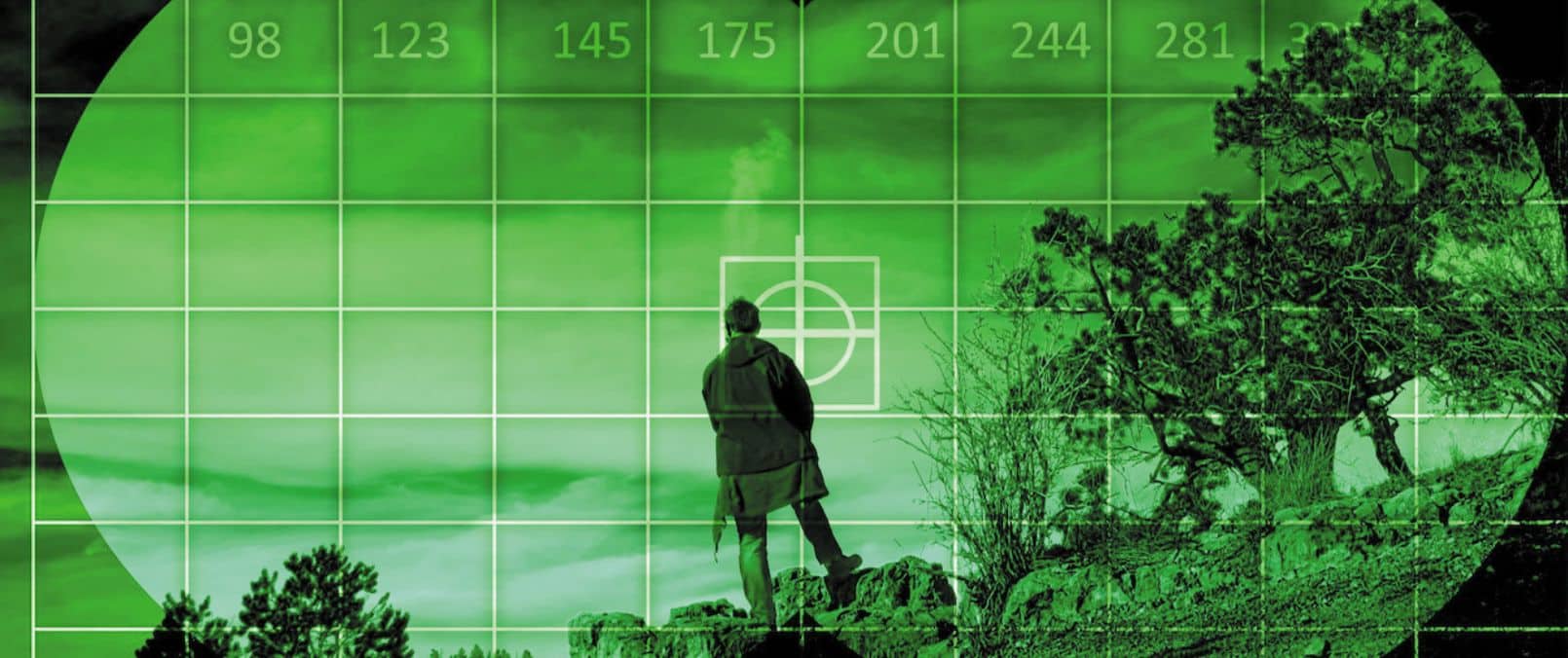Preliminary Results in Clinical Trial for Dry AMD Implant
Thursday, May 3 2018 | 06 h 22 min | Vision Science
The first clinical human trial of an implant designed to treat dry AMD has produced preliminary results.
The trial, led by Dr. Amir Kashani of the Roski Eye Institute, at University of Southern California, involves four patients who received an implant of retinal pigment epithelium (RPE cells) which were derived from stem cells. The implant, consisting of a single layer of cells on a synthetic scaffold, is designed to integrate with the patient’s existing photoreceptors.
“Our goal is to implant healthy RPE to revive remaining photoreceptors and prevent any further loss of these light-sensing cells,” explained Dennis Clegg, a Professor at UC Santa Barbara and one of the researchers conducting the study. “Eventually, we would like to be able to provide implants at an earlier stage to prevent patients from losing photoreceptors in the first place.”
The four patients receiving the implant had late stage dry AMD with poor visual capabilities. “We are thankful for the patients that volunteer to do this,” Clegg said. “We explain to them this has never been done before in people. They are almost like astronauts going to the moon for the first time. It takes a lot of bravery on their part.”
While it is still early in the trial period, one patient has shown signs of improved vision with the conditions of the other three remaining the same. “Using advanced imaging methods, doctors can see evidence of integration between the implanted RPE and the host photoreceptors,” said Clegg.
The preliminary results were published in the journal Science Translational Medicine.
Read more: http://www.news.ucsb.edu/2018/018846/treating-vision-loss
Top photo: Dennis Clegg








